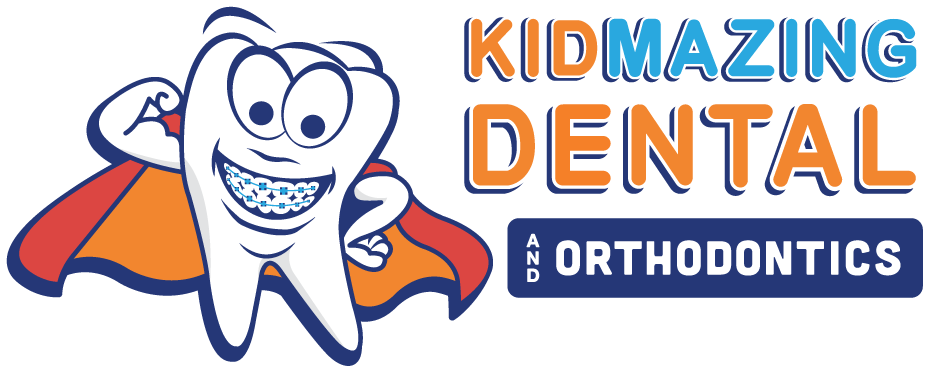Frequently asked questions
If you have a question you don't see here, send us a message!
When should my child first see a dentist?
“First visit by first birthday” sums it up. Your child should visit a pediatric dentist when the first tooth comes in, usually between six and twelve months of age. Early examination and preventive care will protect your child’s smile now and in the future.Describe the item or answer the question so that site visitors who are interested get more information. You can emphasize this text with bullets, italics or bold, and add links.
What causes decay?
Decay is caused by dental plaque, a thin, sticky, colorless deposit of bacteria that constantly forms on everyone’s teeth. When sugar is eaten, the bacteria in plaque produce acids that attack the tooth enamel. After repeated acid attacks, the enamel breaks down, and cavity (hole) is formed.
How can I prevent tooth decay from nursing or a bottle?
Don’t nurse your child to sleep or put your baby to bed with a bottle of milk, formula, juice or sweetened liquid. Use only water in the bottle. It’s important to remember to start weaning your child from the bottle soon after his or her first birthday. Check with your pediatric dentist to make sure your child
is getting enough fluoride for decay protection. Lastly, learn how to brush and floss your children’s teeth.
Should I worry about thumb or finger sucking?
Thumb sucking is a perfectly normal for infants; most stop by age two. If your child doesn’t, discourage it after age four. Prolonged thumb sucking can create crowded, crooked teeth or bite problems. Your pediatric dentist will be glad to suggest ways to address a prolonged thumb sucking habit.
What is a sealant?
A sealant is a clear or shaded plastic material that is applied to the chewing surfaces of the back teeth (premolars and molars), where decay occurs most often. This sealant acts as a barrier, protecting the decay-prone areas of the back teeth from plaque and acid.
How can I get my child to brush longer?
This is always a challenge for parents. Children are on schedule of “Speed” – everything is done QUICKLY. We encourage our patients to brush to a favorite tape or the radio – one whole song is an adequate amount of time to brush. Another way to time your child is with a sand timer. The child can watch the sand through the hourglass and know just when he’s brushed long enough. Parental supervision and assistance is also strongly encouraged.

